Vanilla extract—renowned for its rich aroma and flavor—is an indispensable ingredient in countless recipes across the globe. From bakeries and ice cream parlors to cosmetic labs and perfumeries, the sweet essence of vanilla is revered universally. But behind this luxurious spice lies a labor-intensive cultivation process, delicate climatic demands, and a competitive global market. As of today, one country stands above the rest in vanilla extract production—Madagascar. This article explores why Madagascar dominates the vanilla extract industry, provides insight into the cultivation and extraction process, and discusses the nation’s challenges and global significance.
Understanding Vanilla Extract: What Is It and Why It’s Valuable
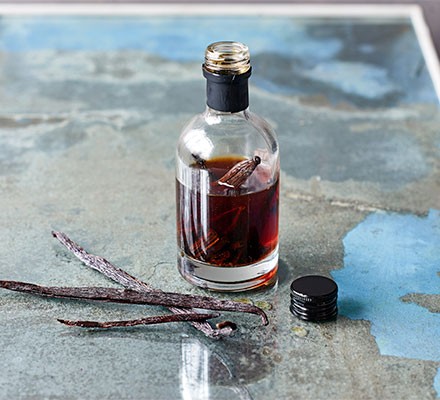
Vanilla extract is a solution made by macerating and percolating vanilla beans in a mixture of ethanol and water. The resulting product captures the complex blend of over 250 organic compounds found in vanilla beans, with vanillin being the most prominent flavor component.
Vanilla is the second most expensive spice in the world after saffron. This is due to the high labor demands of growing and harvesting vanilla, which must be hand-pollinated and cured over several months. The extract, therefore, is a reflection of not only natural conditions but also human craftsmanship.
Vanilla Cultivation: A Global Overview
Vanilla is grown in a narrow tropical belt around the equator, requiring warm temperatures, high humidity, and rich, well-drained soil. The three main species used in vanilla extract production are:
- Vanilla planifolia – the most widely cultivated species, especially in Madagascar.
- Vanilla tahitensis – cultivated primarily in Tahiti and Papua New Guinea.
- Vanilla pompona – less common, grown in Central and South America.
Though countries like Indonesia, Uganda, Mexico, Papua New Guinea, and India contribute to the vanilla market, Madagascar remains the undisputed global leader in both bean and extract production.
Madagascar: The World’s Largest Vanilla Extract Producer
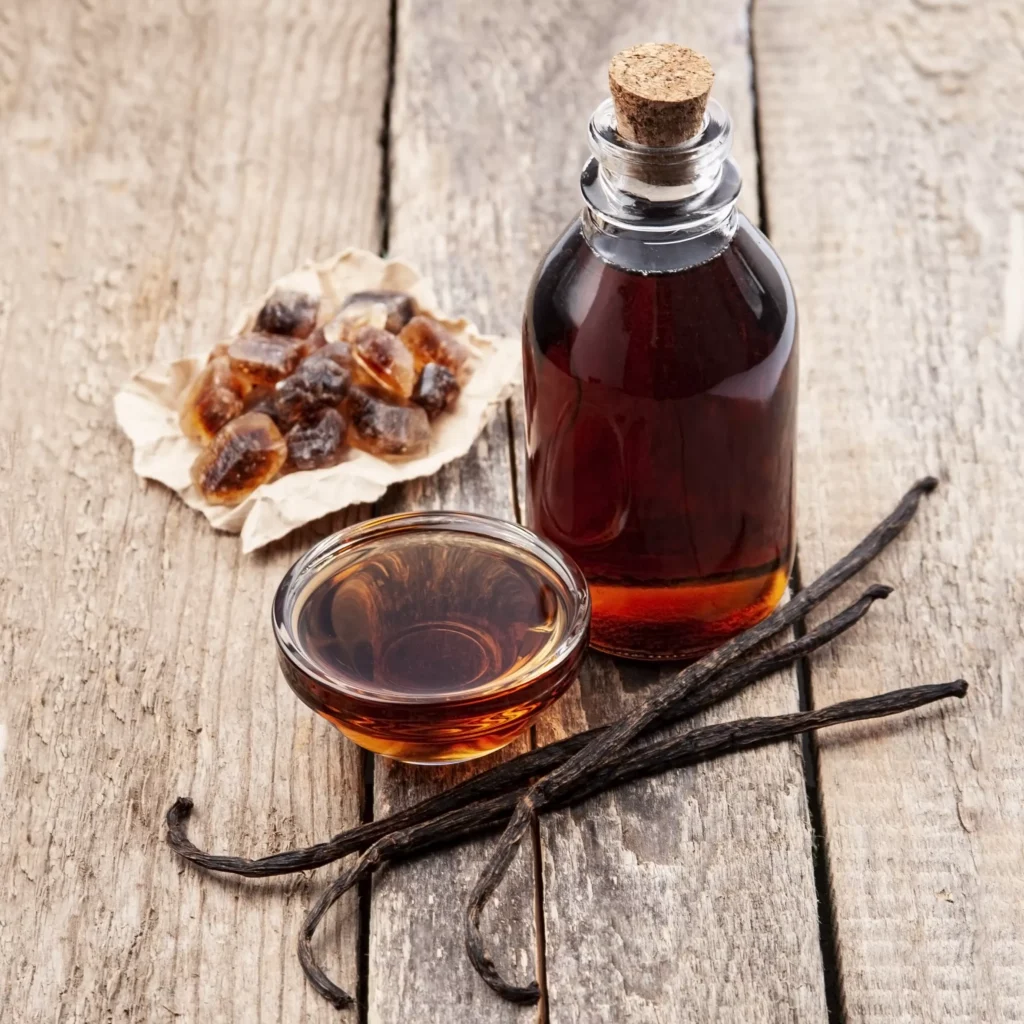
1. The Bourbon Vanilla Advantage
Madagascar is famed for producing Bourbon vanilla—named after the former Bourbon Island (now Réunion). This variety of Vanilla planifolia is lauded for its deep, creamy flavor and high vanillin content. It is not only preferred in culinary uses but also sought after in luxury perfumery and pharmaceuticals.
2. Production Scale and Global Market Share
Madagascar contributes to approximately 60-70% of the world’s vanilla bean production, a majority of which is processed into vanilla extract either locally or by foreign importers. The Sava region in northeastern Madagascar—particularly towns like Sambava, Antalaha, Vohemar, and Andapa—is the epicenter of vanilla farming.
According to recent export statistics:
- Madagascar produces over 2,000–3,000 metric tons of cured vanilla beans annually.
- A significant portion of this output is transformed into pure vanilla extract, accounting for nearly 65% of the global supply of natural vanilla flavoring.
3. Favorable Climate and Skilled Labor
Madagascar’s humid tropical climate and volcanic soil are ideal for growing vanilla orchids. Moreover, generations of farmers have cultivated expertise in the complex processes of hand-pollination, curing, and fermentation, which are critical for high-quality extract production.
Other Major Producers: A Comparative Insight
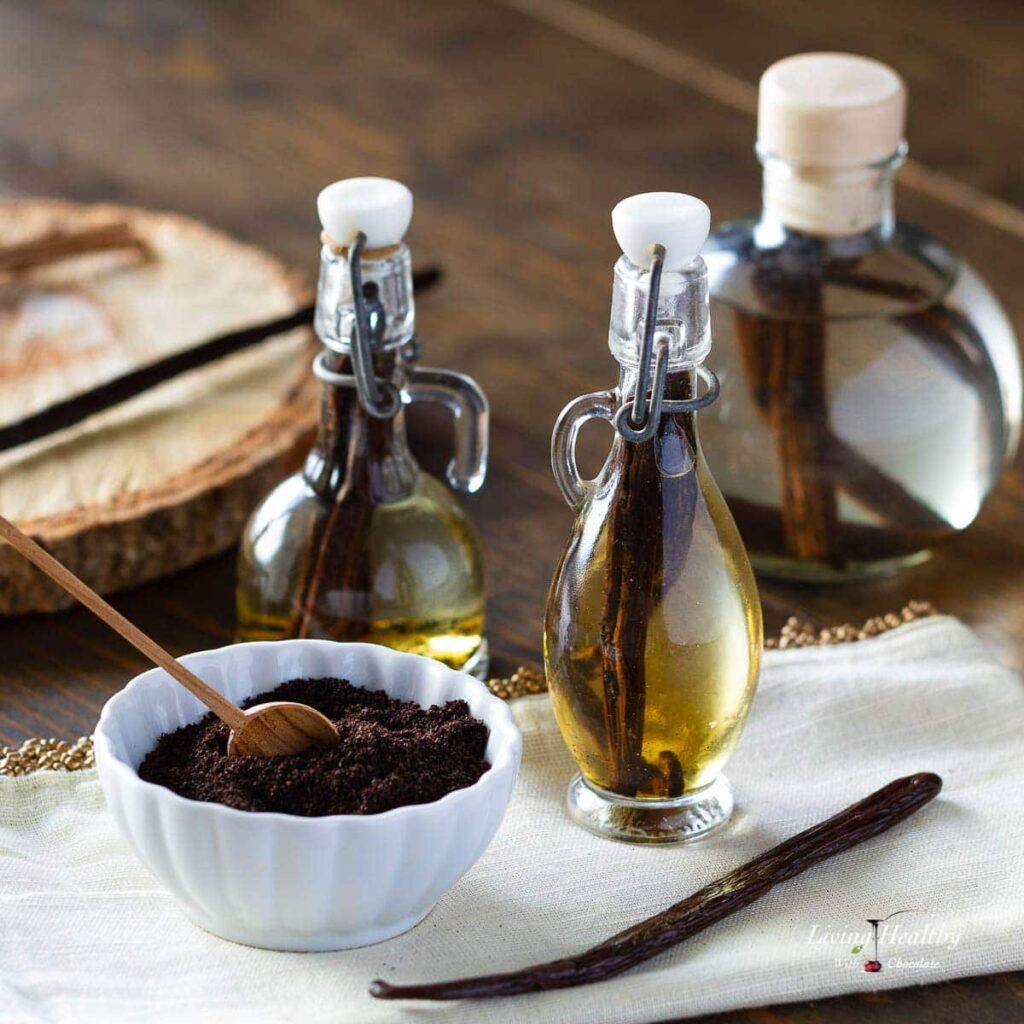
While Madagascar leads, other nations also contribute meaningfully:
Indonesia
- Produces lower-cost vanilla and accounts for 10–15% of global supply.
- Its beans are often processed abroad for extract production.
- Quality varies, and it tends to serve as a more affordable alternative to Madagascar vanilla.
Mexico
- The birthplace of vanilla, where natural pollinators (Melipona bees) still exist.
- Known for rich, spicy vanilla notes but produces in much smaller quantities.
- Despite heritage, it contributes less than 5% of global vanilla extract output.
Uganda and Papua New Guinea
- Emerging players with growing export volumes.
- Favorable climates and government incentives are helping increase production.
- Some extracts from these countries are entering premium markets.
The Process of Making Vanilla Extract in Madagascar
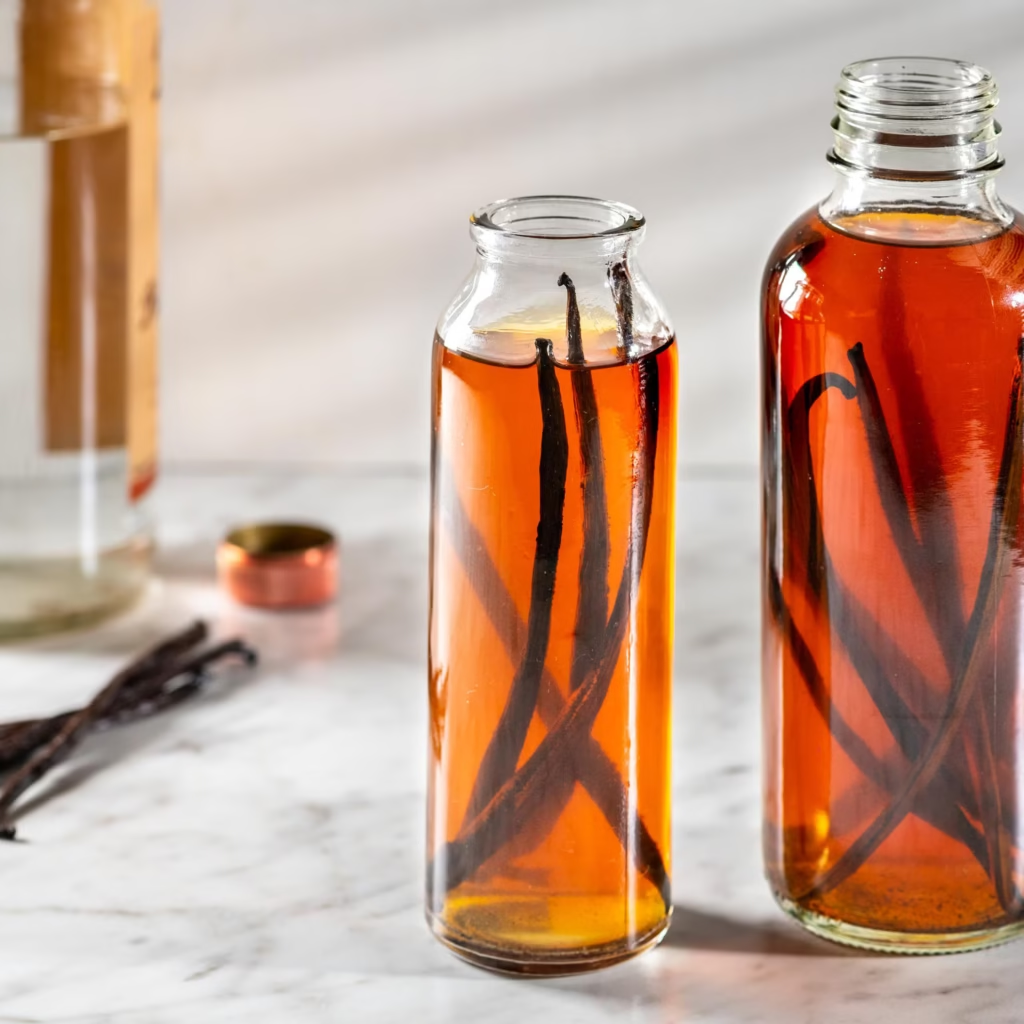
The transformation from bean to extract is a long, delicate process:
- Hand Pollination – Each flower blooms for one day and must be pollinated manually within hours.
- Harvesting – Beans are harvested after 8–9 months of growth, just before ripening.
- Curing – This involves blanching, sweating, drying, and conditioning the beans for up to 6 months to develop full flavor.
- Extraction – Beans are chopped and soaked in ethanol and water for several weeks.
- Filtration and Aging – The extract is filtered, aged, and bottled.
Because of these traditional and time-honored methods, Madagascan vanilla extract is regarded as the gold standard in the industry.
Challenges Faced by Madagascar’s Vanilla Industry
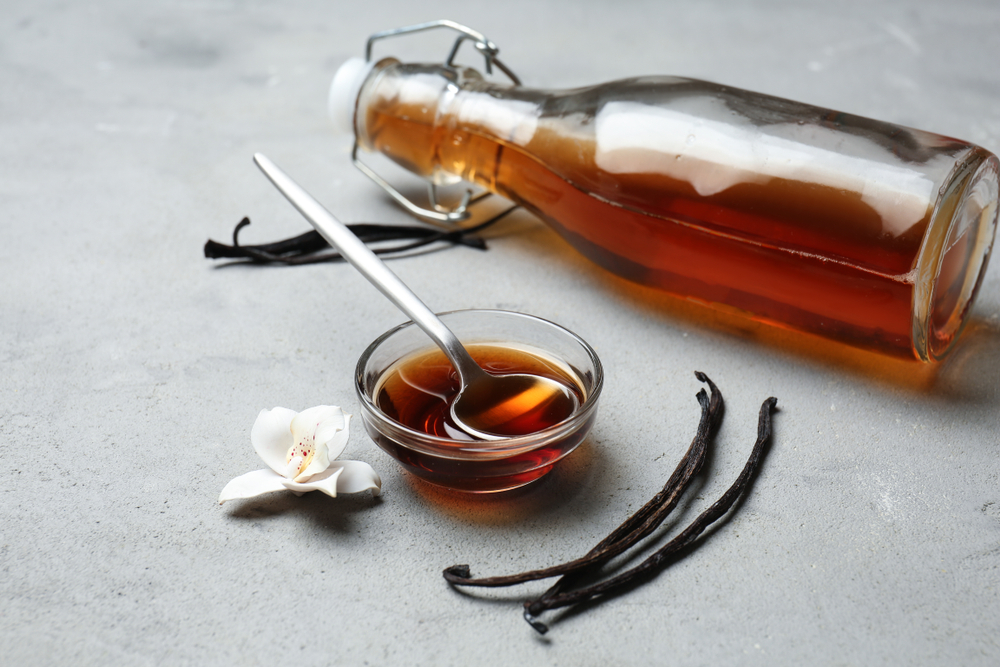
Despite its dominance, Madagascar’s vanilla industry is not without hurdles:
- Price Volatility: Global vanilla prices have fluctuated wildly—from $20/kg to over $600/kg in recent years—leading to market instability.
- Cyclones and Climate Change: Natural disasters have repeatedly damaged crops, causing supply shortages.
- Theft and Crime: The high value of vanilla has led to increased theft, prompting farmers to harvest beans early, which reduces quality.
- Lack of Infrastructure: Poor roads and limited processing facilities in rural areas hinder efficiency.
Sustainability and the Future of Vanilla Extract Production
Many companies and NGOs are investing in sustainable vanilla farming practices in Madagascar. These efforts include:
- Fair Trade Initiatives – Providing stable prices and community benefits.
- Organic Certification – Promoting environmentally friendly farming.
- Agroforestry – Integrating vanilla into biodiverse forests to protect ecosystems.
Moreover, synthetic vanillin made from lignin or guaiacol has gained traction in the food industry due to cost-effectiveness. However, demand for pure vanilla extract from natural beans—especially Madagascar’s—is growing among conscious consumers.
Conclusion
Madagascar stands as the undisputed leader in vanilla extract production due to its unique combination of ideal growing conditions, skilled labor, and traditional practices. While other countries like Indonesia, Mexico, and Papua New Guinea play important roles, they do not match the scale, quality, and heritage of Madagascan vanilla. Despite facing numerous challenges, the country’s vanilla sector continues to thrive, driven by global demand for authentic, high-quality flavoring.
As sustainability becomes a key focus and global taste preferences evolve, Madagascar’s ability to innovate while preserving its cultural legacy will determine its continued leadership in this fragrant global industry.

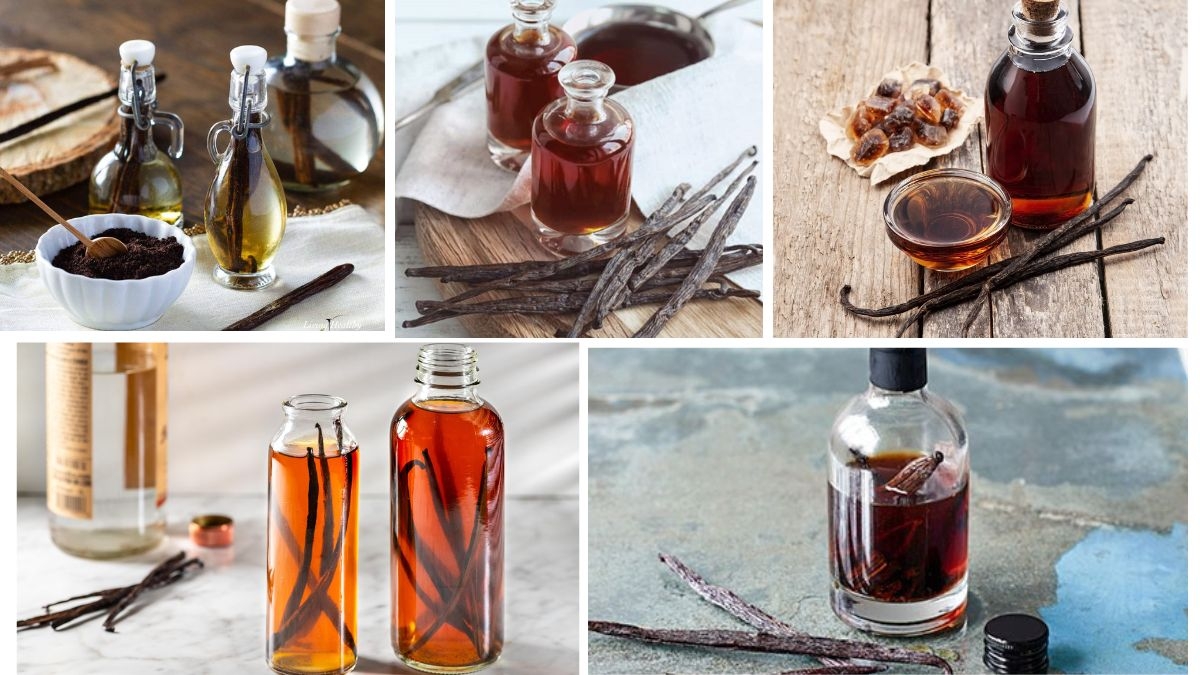
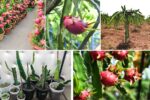
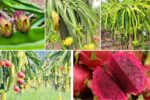
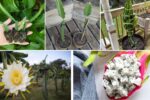
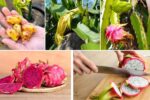
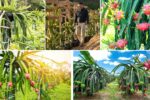
Leave A Comment